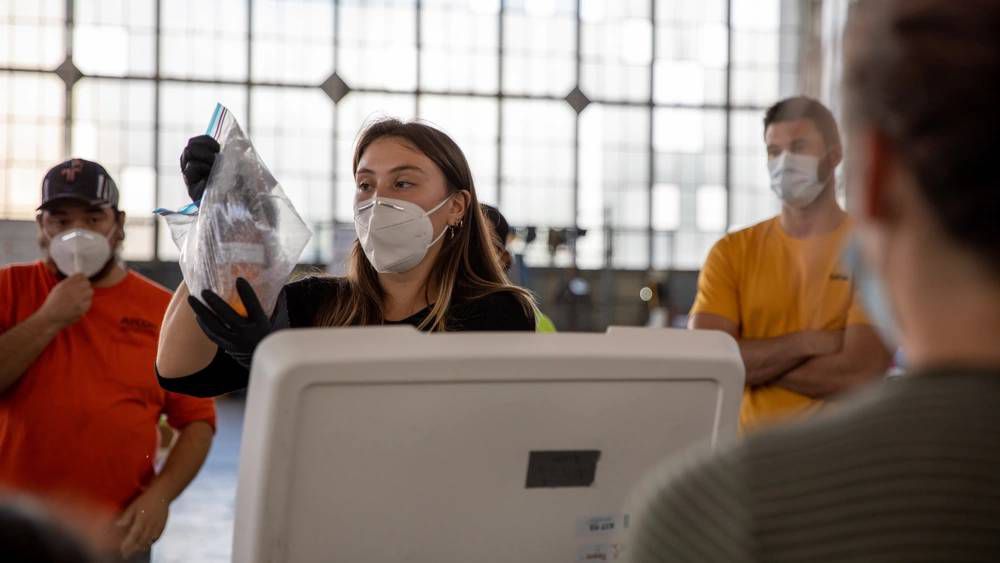HONOLULU — In November, the Department of Health issued an advisory to avoid drinking the Navy’s water used at Joint Base Pearl-Harbor Hickam. On Monday, the DOH revised its advisory, declaring the drinking water for the Red Hill housing community safe to drink.
“It's been eleven weeks since the Department of Health issued its health advisory to stop Navy water system users from drinking water contaminated with fuel,” said Gov. David Ige on Monday during a press conference with reporters.
“Tens of thousands of families had their lives turned upside down. Hundreds got sick from the contaminated water,” Ige continued. “For months, the Department of Health has worked around the clock to investigate complaints, document health effects and oversee work to restore the Navy water system to service. Today, the Department of Health is declaring the water in zone I1 Red Hill housing safe to drink.”
Zone I1 is where the Red Hill housing community, which includes 135 Army houses, and Red Hill Elementary School, are located.
As part of the plan to flush the water system, which was made with the DOH, the U.S. Environmental Protection Agency, Navy and Army neighborhoods were broken up into a total of 19 zones. The Red Hill housing community is the first zone where DOH has changed its advisory from telling people to avoid drinking the water to saying it's safe to drink.
Gov. Ige said the updated advisory was made after reviewing water samples, overseeing the flushing and examining the distribution system.
“This announcement is a step forward in the state's emergency response, we have a long way to go,” Ige said. “Families remain displaced, keiki are having their learning disrupted, businesses remain closed and we must not forget that this disaster shouldn't have happened in the first place.”
He said that his administration would continue to fight to defuel the Red Hill Storage Facility.
Kathy Ho, the DOH’s deputy director of environmental health, also said her agency would continue the fight to ensure that the Navy complies with its emergency order that says the fuel tanks at Red Hill must be drained.
DOH originally issued the emergency order on Dec. 6, but the Navy has been resisting the order first in a contested case hearing on Dec. 20 and 21 and more recently in federal court.
The process of cleaning the water of fuel contaminants involves flushing the distribution system for each zone and then flushing homes and buildings within the zone. A sample of about 10% of the homes in each zone will be tested. The sampling data from Red Hill housing is available online, and the DOH released a primer about how to read the lab results.
Currently, the Navy is only using the Waiawa Shaft to supply water, as it has disconnected its Red Hill and Aiea-Halawa Shaft.
“If people observe an unusual smell or taste in their water, please contact DOH and we will investigate,” Ho said.
Diana Felton, the DOH’s state toxicologist, said Monday that “there were trace amounts of petroleum in one sample that was collected from houses and buildings in the I1 neighborhood.”
She said these trace levels did not exceed the screening level for safe drinking water.
The DOH is also overseeing a long-term monitoring plan to test the Navy’s water system. This will include testing water samples for the first three months from 5% of the homes, and for the following two years from 10% of the homes, according to Joanna Seto, the DOH’s environmental management division chief, who spoke Monday.
There are 8,000 military homes on the Navy’s water system and at least half of them have moved out of their homes because of the water contamination. DOH officials said they are now considering water tests submitted by the Navy from zone A1, which includes the Pearl City Peninsula, in order to consider revising the advisory for this area.



